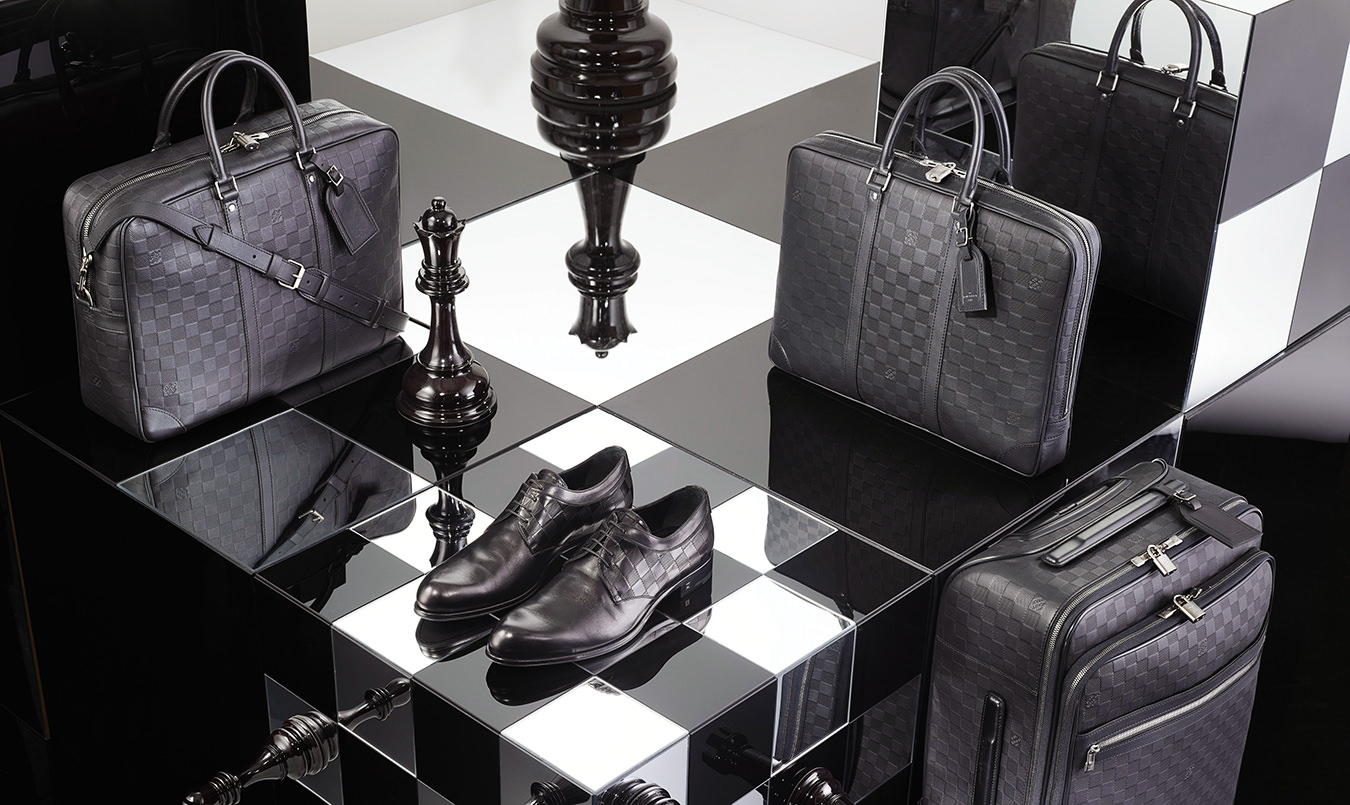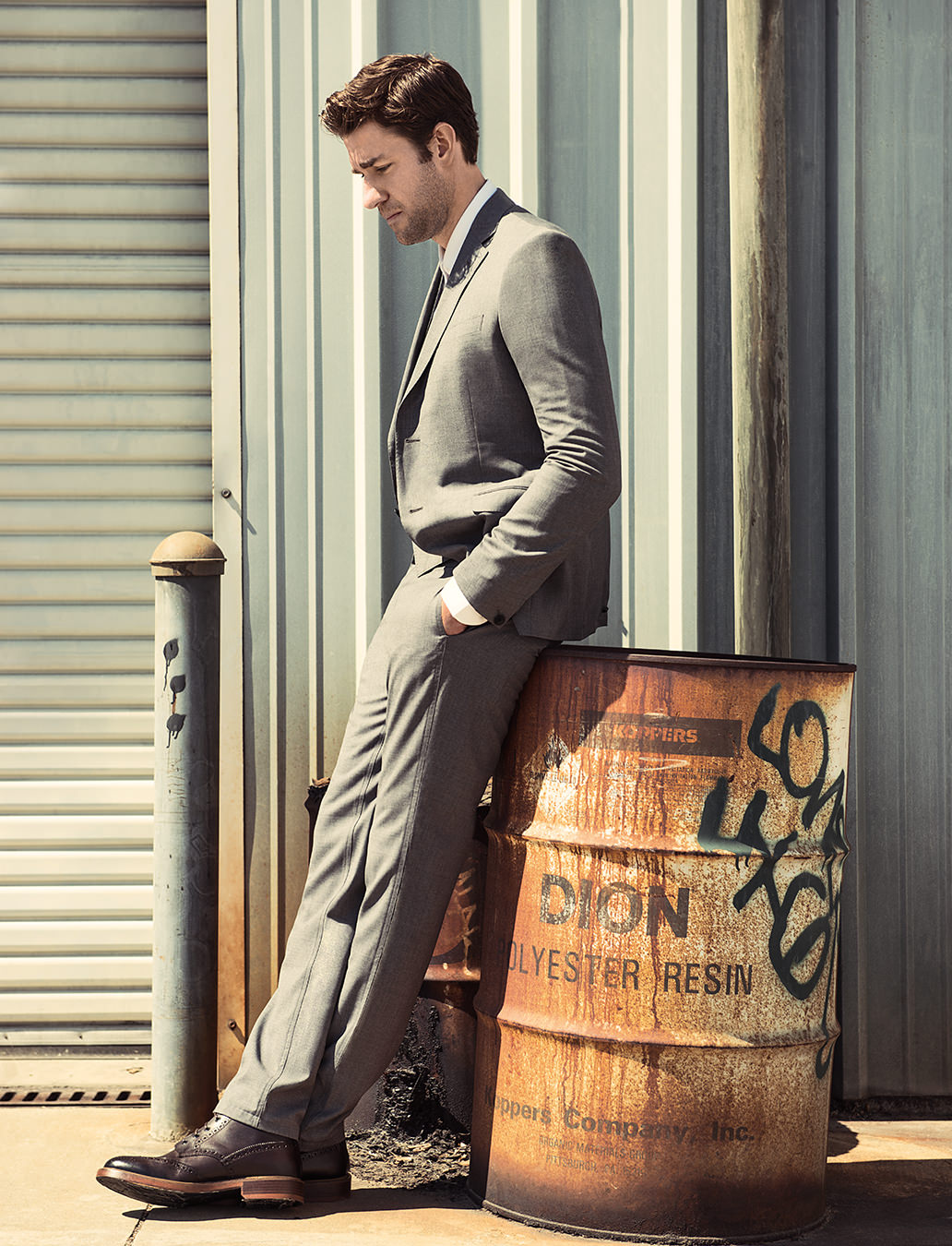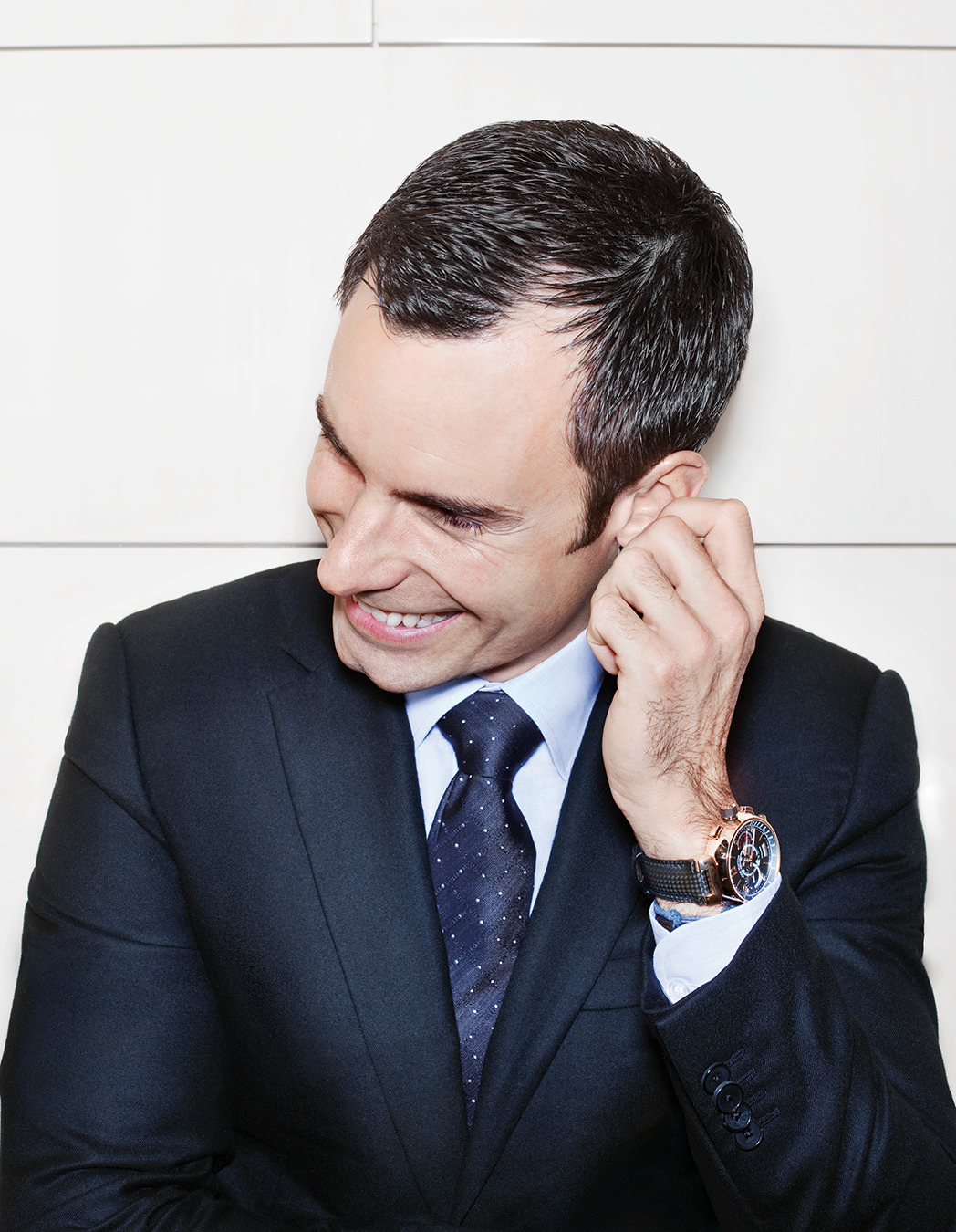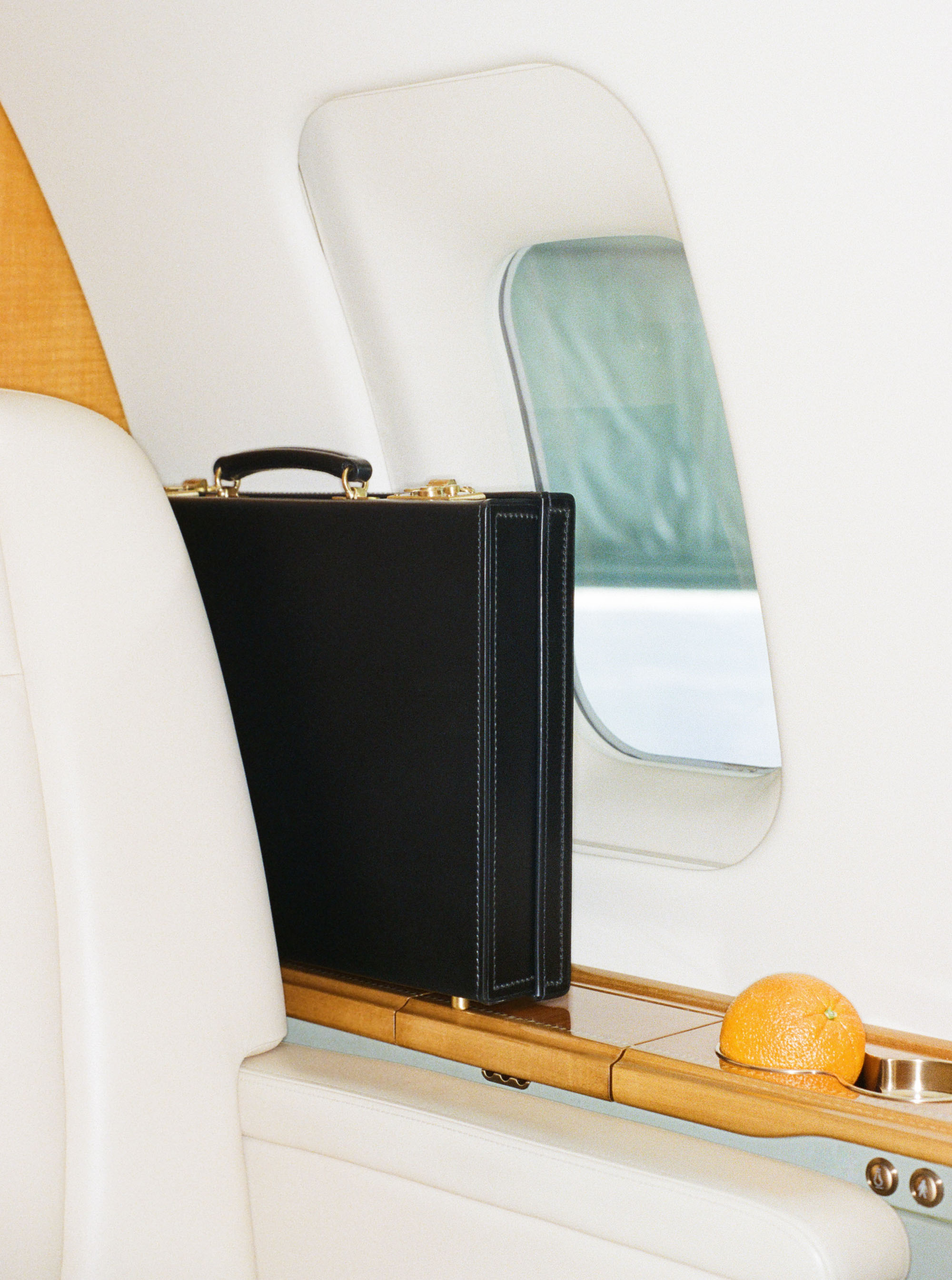-
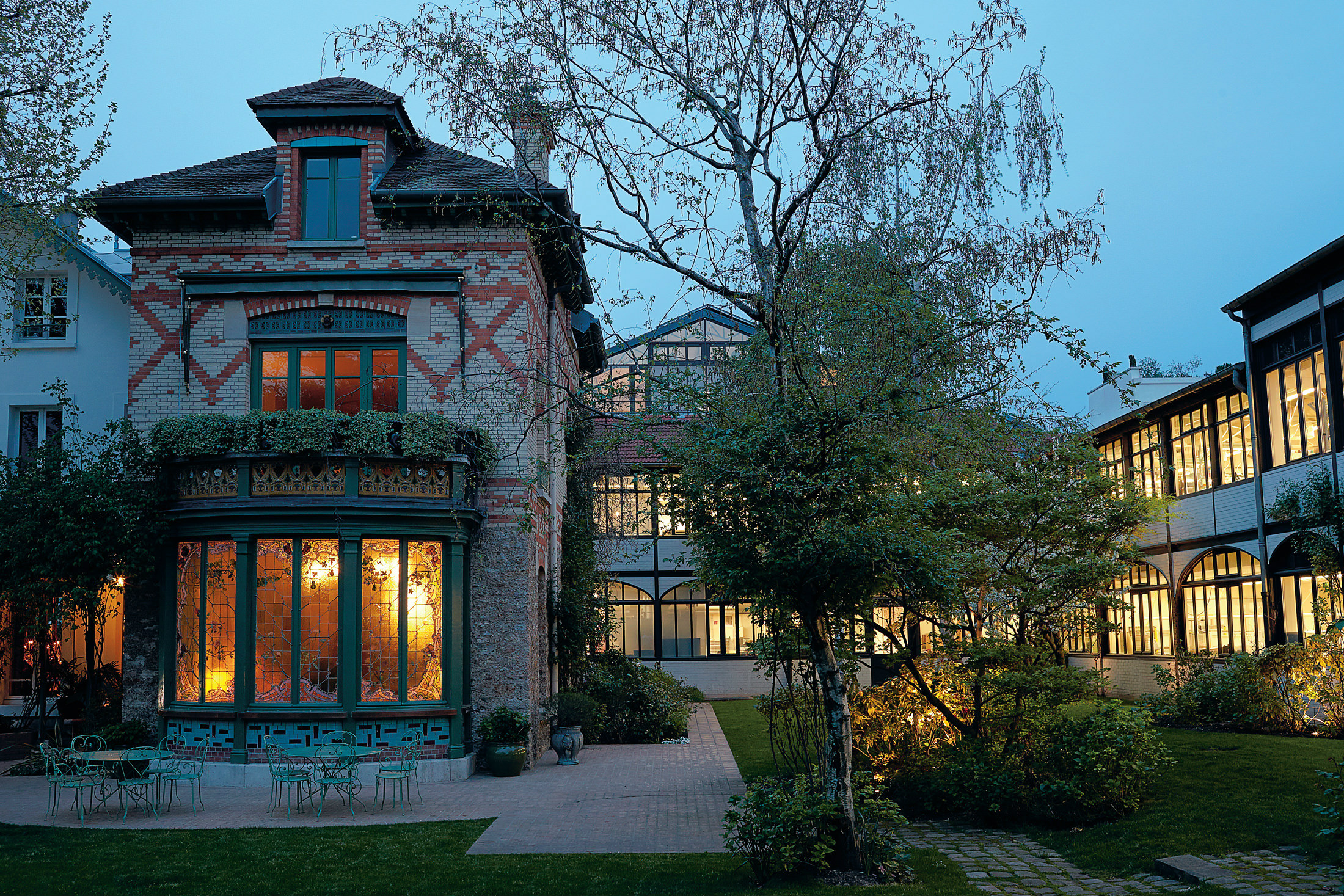
The historic Louis Vuitton home stands shoulder to shoulder with the atelier in the Paris suburb, Asnières-sur-Seine. Photo by Julien Oppenheim.
-
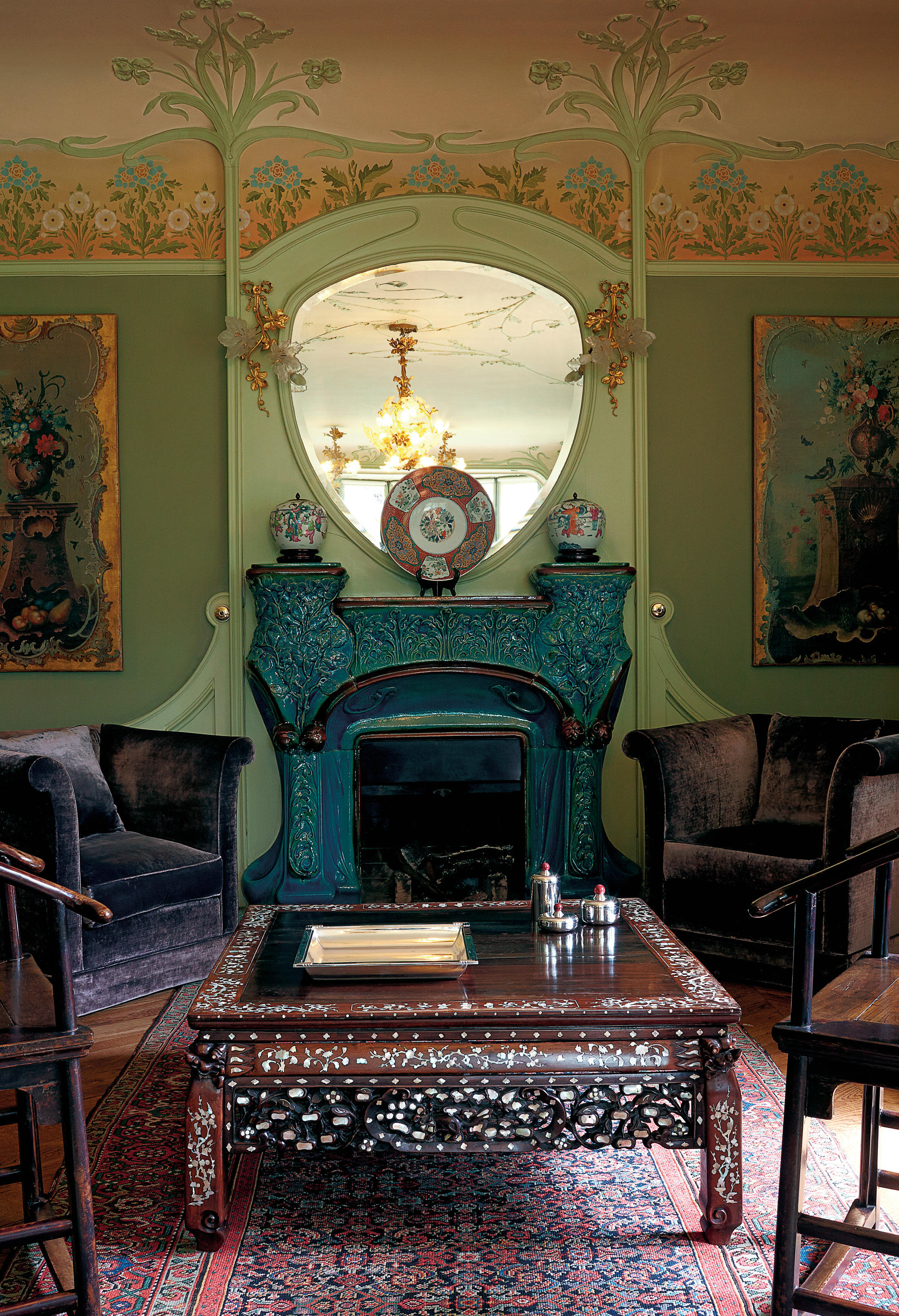
Monsieur Vuitton built the family residence in 1859, to retreat from the bustling City of Light. Photo by Julien Oppenheim.
-
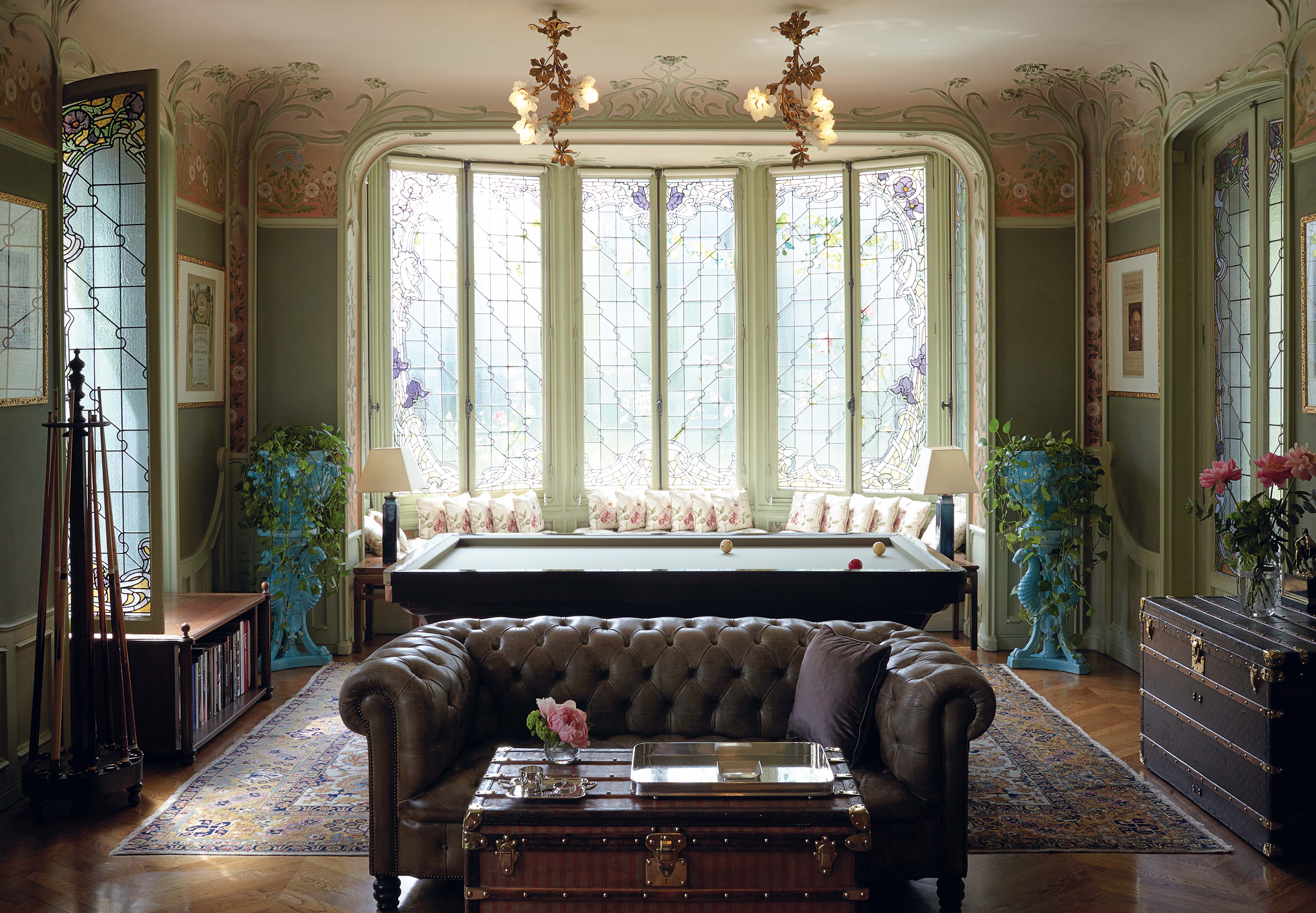
The Vuitton family home is decorated in a nature-infused Art Nouveau style. Photo by Julien Oppenheim.
-
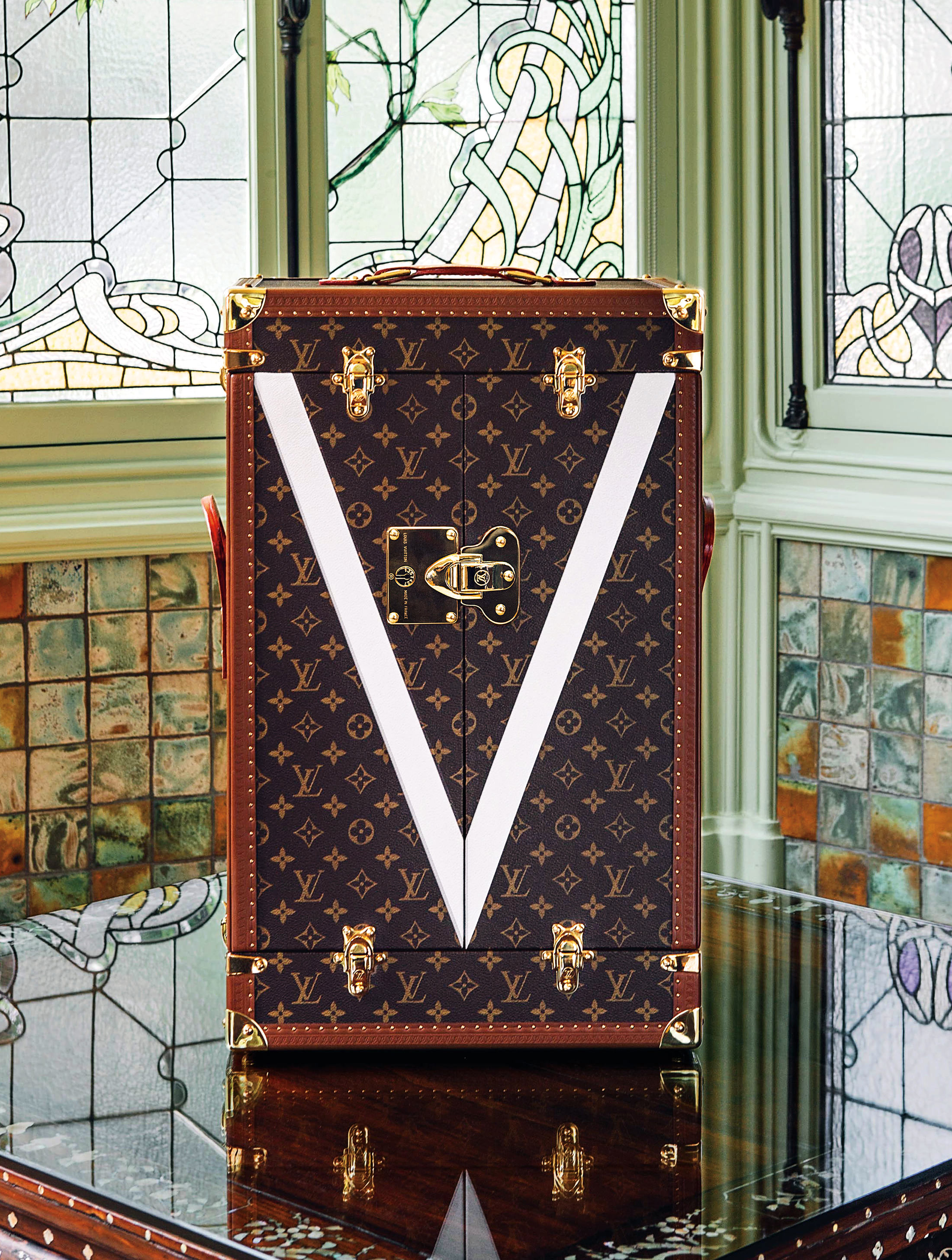
The bespoke trunk that houses the Roland-Garros legendary trophy.
-
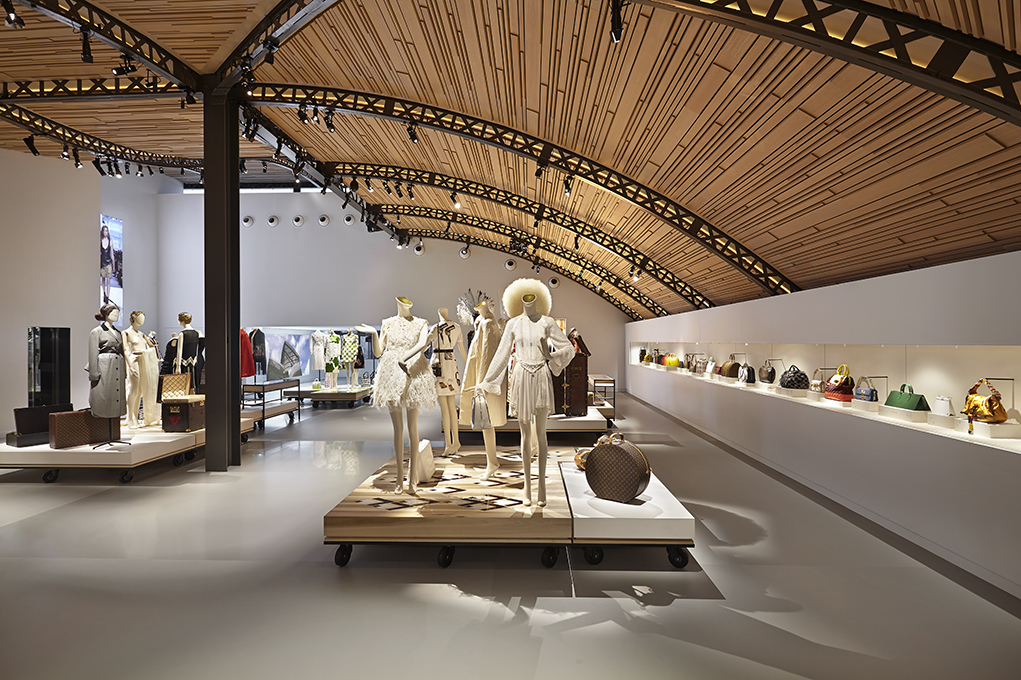
La Galerie, a mini museum at the Asnières-sur-Seine atelier, conceived by Judith Clark, showcases vintage and contemporary memorabilia that have coloured the Louis Vuitton landscape.
-
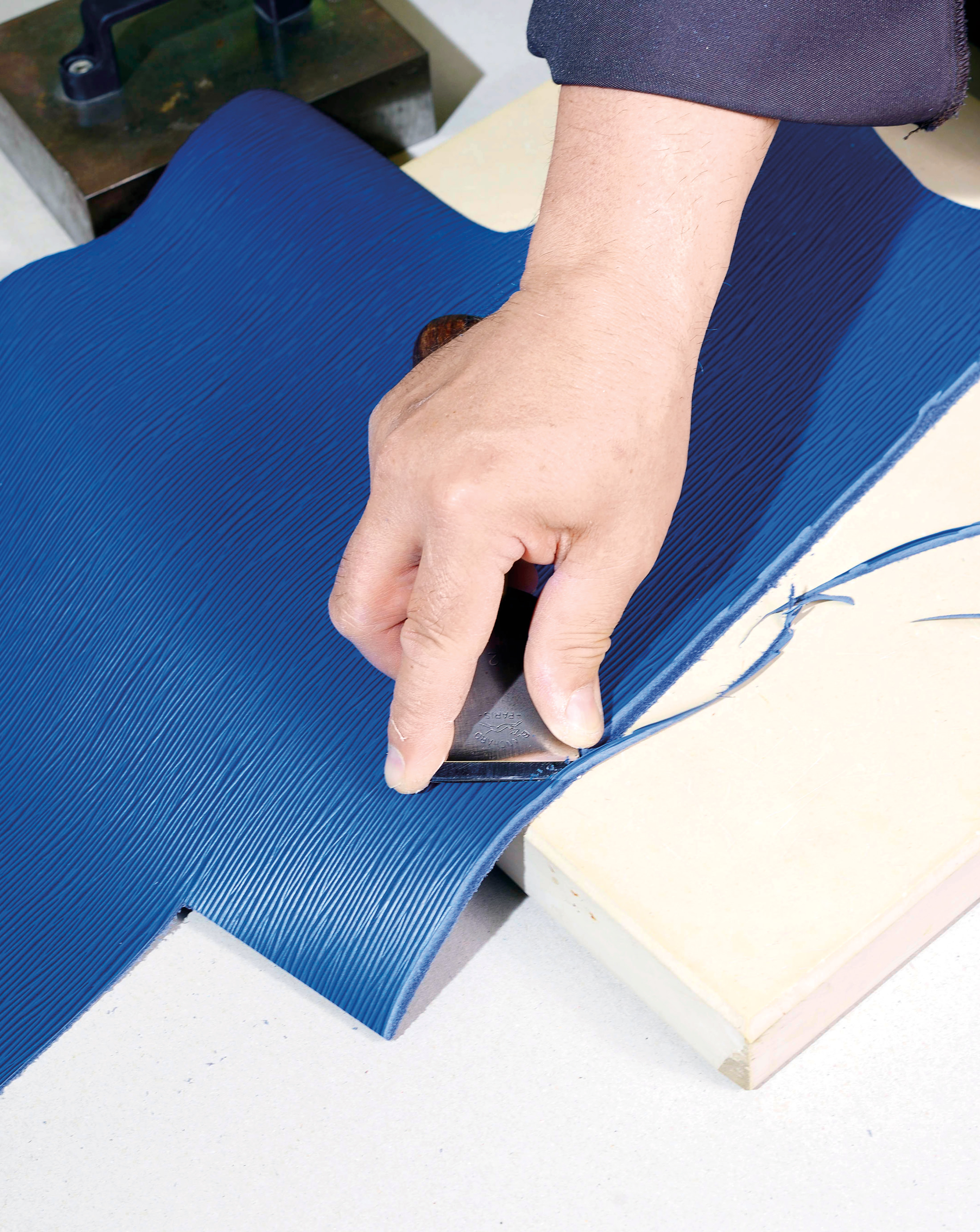
Each bespoke piece to emerge from the Louis Vuitton atelier is the result of a collaboration of specialists. Photo©Louis Vuitton Malletier.
-
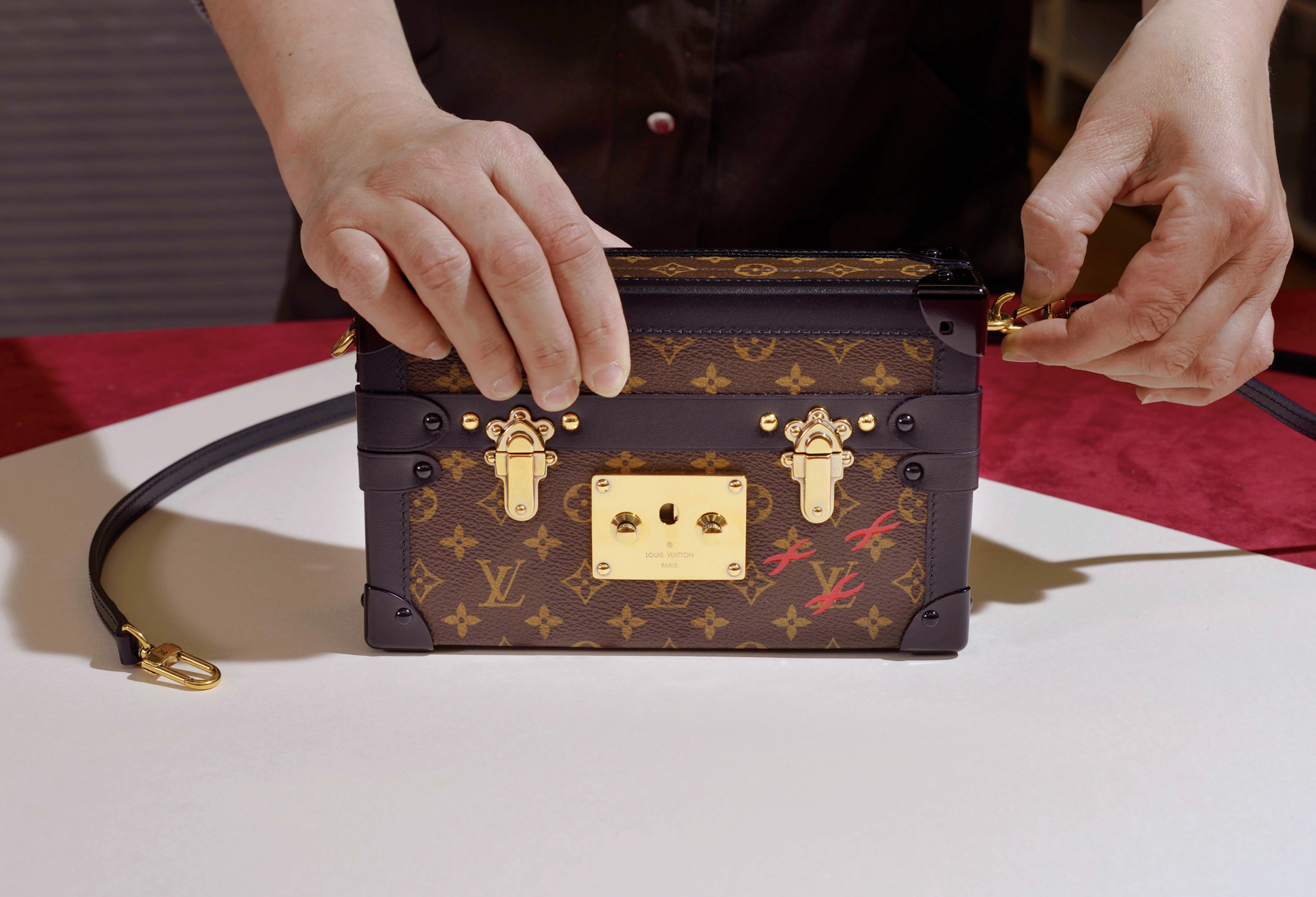
The Petite Malle clutch is a miniature replica of the maison’s early trunks. Photo©Louis Vuitton Malletier.
-
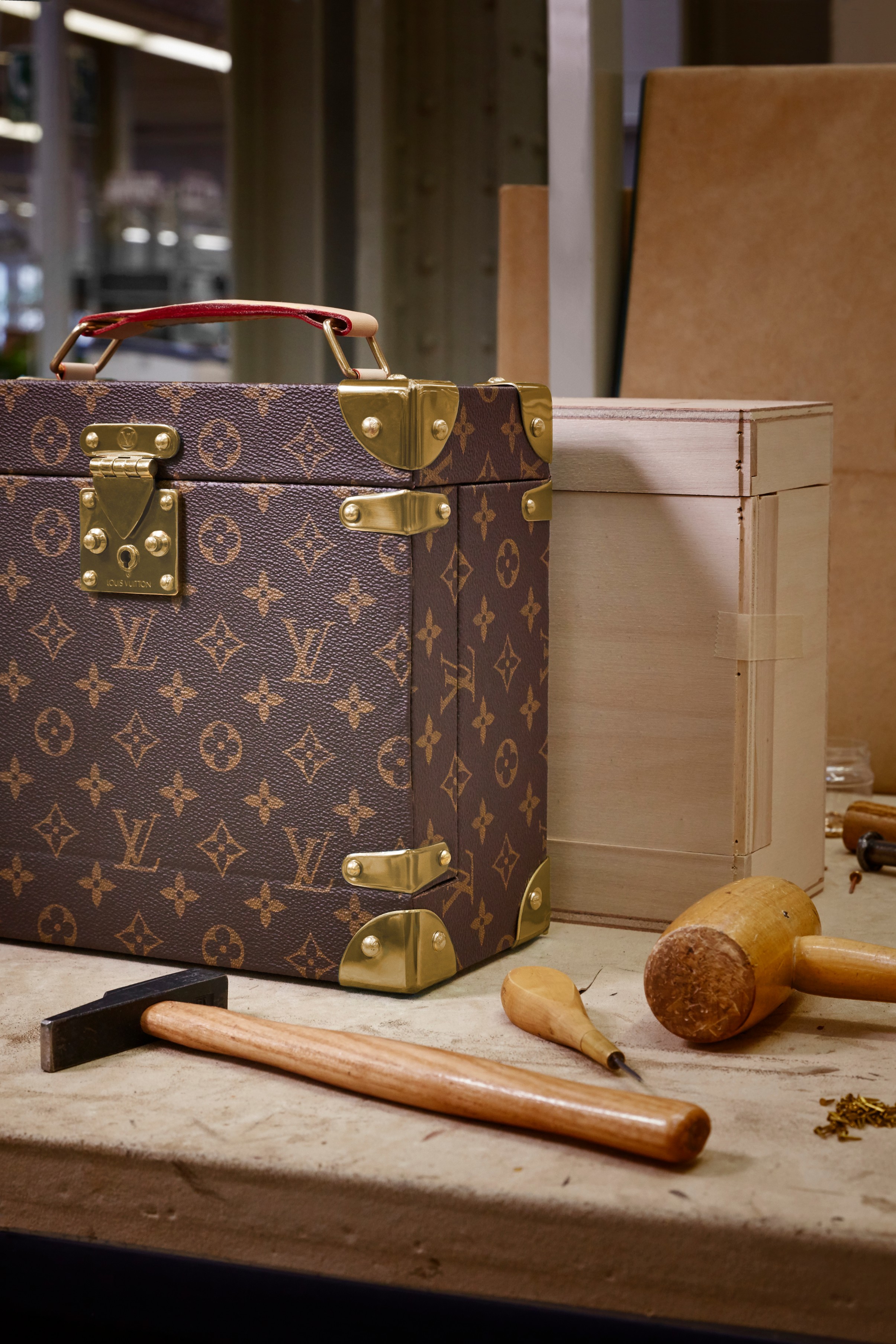
A bespoke perfume trunk. Photo ©Louis Vuitton Malletier.
-
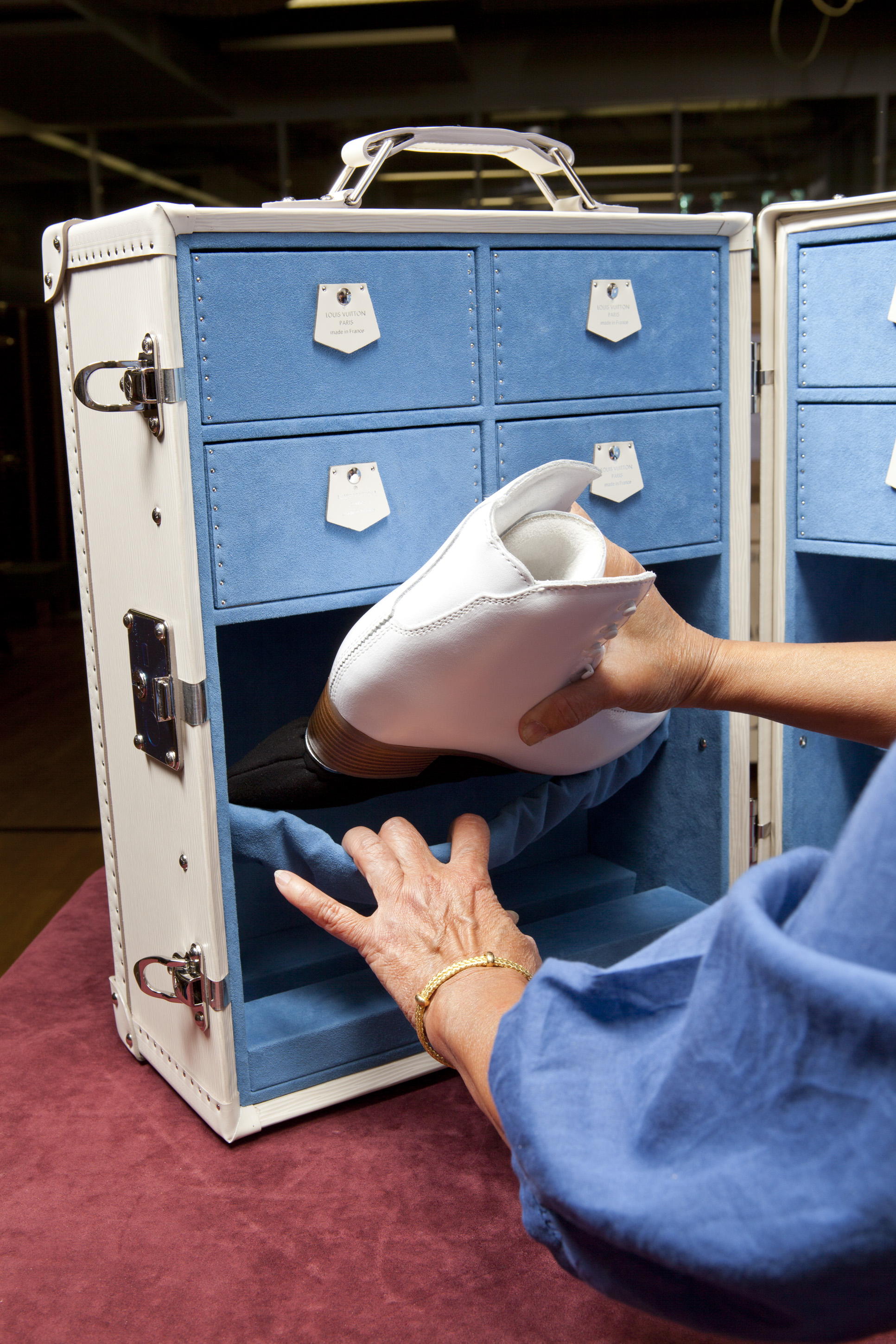
A bespoke ice trunk. Photo ©Louis Vuitton Malletier.
-
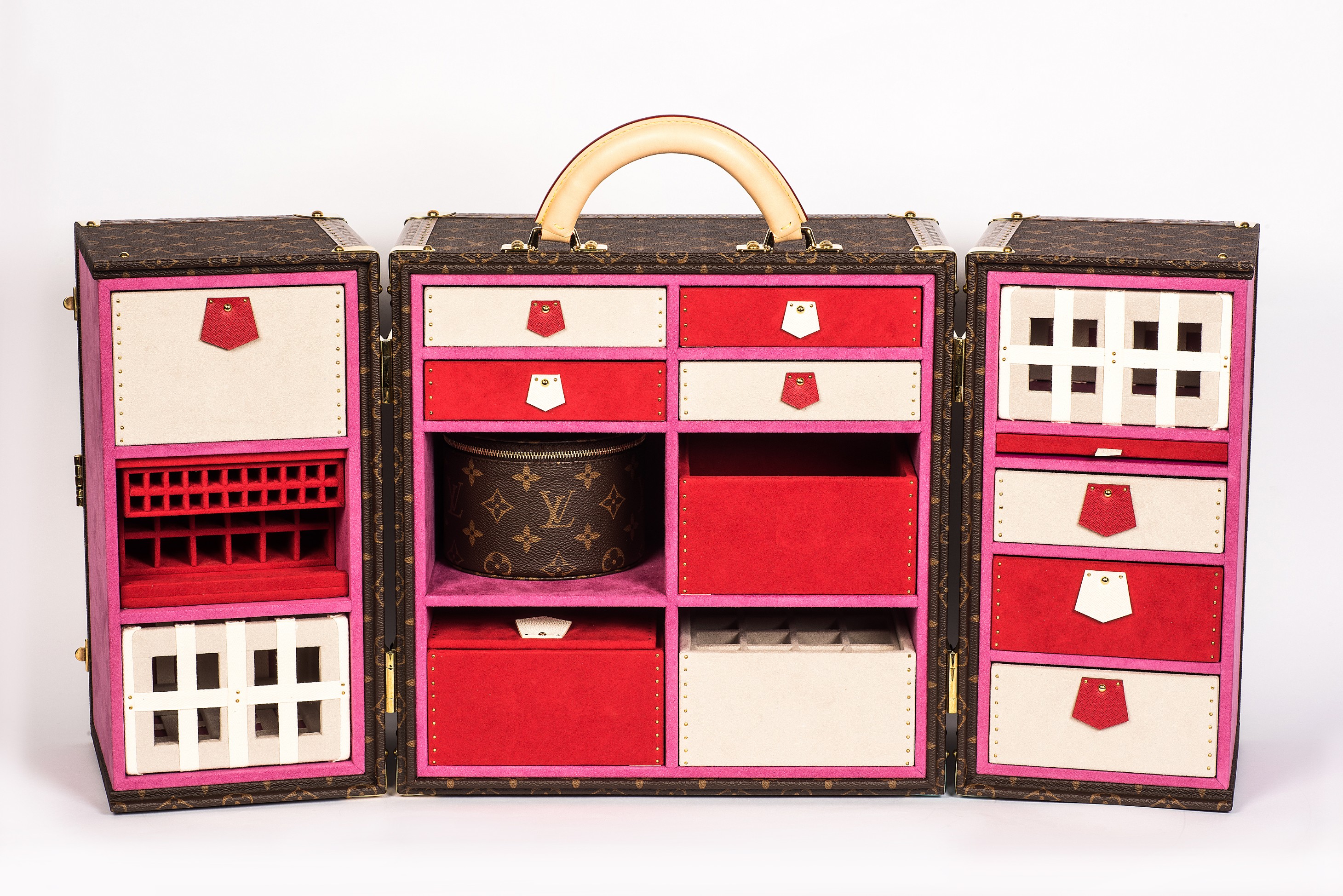
A bespoke make-up trunk. Photo ©Louis Vuitton Malletier.
-
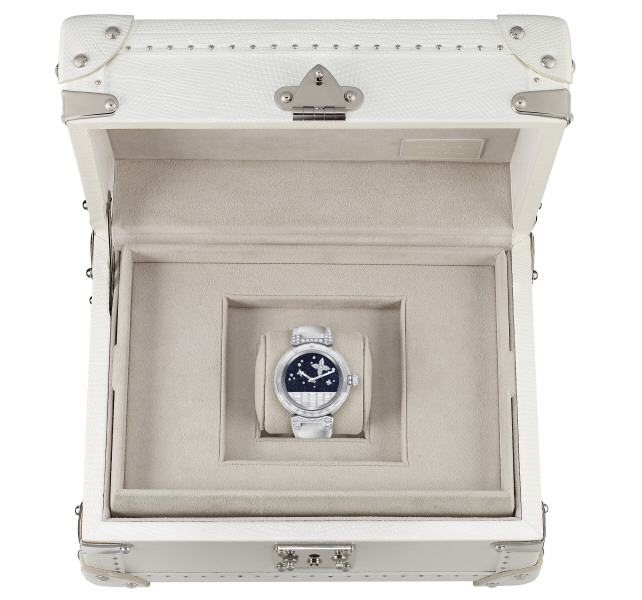
A bespoke watch trunk. Photo ©Louis Vuitton Malletier.
Maison Louis Vuitton
Full steam ahead.
Fashion and travel are long-time partners in the luxury universe. The formidable task of keeping this romance alive has been, since 1854, the raison d’être for the Louis Vuitton dynasty, a line of direct male descendants spanning an impressive six generations—and counting. In nurturing this legacy, at present 163 years deep, the Louis Vuitton maison digs passionately to curate historical exhibits, preserve family memories, and cultivate the haute service of custom orders. With one finger perennially on rewind, waxing nostalgic has never looked so chic.
The Vuitton family’s home is in Asnières-sur-Seine, a sleepy town about 25 minutes by car from Louis Vuitton’s mammoth retail complex on the Champs-Élysées. Asnières is immortalized in paintings by 19th-century masters Seurat and Van Gogh, and its countryside (now a Paris suburb) is where Louis had the vision in 1859 to retreat from the bustling City of Light to build a home for his growing family and an atelier for his prospering business. The new site was a deliberate choice, as it facilitated the delivery of poplar trees (still the wood of choice for the fabrication of trunks), which were shipped along the river. It was also conveniently situated near the high-tech Paris–Le Havre railway line that connected to Paris’s Saint-Lazare Station.
Since 2015, the tall gates of the property open on select weekends to invite the public into a mini museum called La Galerie, for a more intimate portrait of Louis Vuitton conceived by star curator Judith Clark from London. On the ground level, Clark juxtaposes vintage and contemporary memorabilia as a means of re-creating the dialogue among the “artists, aristocrats and adventurers” that have coloured the LV landscape. A New Year’s note from the Duke and Duchess of Windsor, private letters, scrapbooks, a century-old travel cape, and of course travel trunks, beauty cases, and bags (including the Steamer bag that many agree is the precursor to the modern handbag); all of this is cleverly framed within a larger-than-life Pateki, a type of wooden puzzle in the form of a cube conceived by Gaston-Louis Vuitton.
The Louis Vuitton maison digs passionately to curate historical exhibits, preserve family memories, and cultivate the haute service of custom orders.
Upstairs, a pointed-arch cathedral ceiling gives way to fresh ideas and playful fashion moments, such as the graffiti bag by Stephen Sprouse and the rainbow Monogram Multicolore by Takashi Murakami, both of which helped lure a younger clientele into the fold. Pop culture experts can play “I remember that!” upon seeing the black-feathered headdress that graced Marc Jacobs’s swan song show, the “faux-cul” (“fake bum”) bag by radical designer Vivienne Westwood (it has to be seen for maximum appreciation), or the covetable wall that showcases 25 iconic handbags.
Next door, the majestic Vuitton villa, which is closed to the public, stands shoulder to shoulder with the workshop where malletiers still hammer in those tiny brass studs one by one (leather shapes are now put in place by futuristic lasers before being cut by metallic blades). Often referred to as the heart and soul of the Vuitton family, the art nouveau abode one sees today is the result of remodelling work by Louis’s son Georges, who took to the novel—albeit risqué—style of the times. A reconstituted interior preserves the original botanical plasterwork, organic-shaped ceramic fireplace, and floral-themed stained-glass windows. As legend has it, family members could keep an eye on workers via select clear glass panes.
Living heir Patrick-Louis Vuitton, great-great-grandson to Louis, holds fond memories of this residence and of his grandparents Georges and Josephine, the latter of whom lived in the house until 1964. Despite his dreams of becoming a veterinarian, Patrick-Louis agreed to intern at the workshop at the urging of his grandmother, and in the process learned his ancestral trade from the inside out. Today, he continues to work at Asnières, involving himself in public relations and managing the special orders department.
“Special orders are like children for me,” says Patrick-Louis. “They are all special and unique in their kind.” (Patrick-Louis’s father Claude-Louis also worked at Asnières, and his son Pierre-Louis works at another of the company’s workshops in France. Another son, Benoit-Louis, is store director at Maison Louis Vuitton in Toronto.) A recently finished bespoke project is one that Patrick-Louis has dubbed the Malle Cocktail (“Cocktail Trunk”). “It is specifically designed to hold several liquor bottles, shakers, glasses, and all the accessories needed for a professional mixologist. It is the first time we are working on a trunk with such a complete set for cocktail mixing.” With the only requirement being that the final product is “transportable”—and absolutely no coffins (an actual request that was politely declined)—approximately 350 custom projects are realized each year, fulfilling a multitude of wishes and fantasies that run the gamut from the practical (a trunk that swings open into a portable office with fold-out desk) and the sentimental (customized cases for jewellery and Christmas decorations are common, many with individual windows for easy locating), to the entertaining (a mini casino complete with roulette wheel) and the just “plane” fabulous.
Patrick-Louis recalls, “One of my favourite examples is that of a woman who hated drinking champagne from airplane cups. She came to us with her two crystal champagne flutes and asked us to create a travel case that she could take with her on the plane.” Similarly, the Noé bag was designed in 1932 for carrying champagne bottles—four upright with an inverted fifth in the middle. Darn those airline regulations.
As legend has it, family members could keep an eye on workers via select clear glass panes.
From first class to front row, when Nicolas Ghesquière took the reins in 2013 as creative director of Louis Vuitton’s women’s collections, he brought the label’s iconic trunks back to life in a charming gesture of art imitating Vuitton. Ghesquière designed a woman’s clutch named Petite Malle as a miniature replica of the maison’s early trunks. Although there isn’t space for much more than an iPhone inside, he decided to create an even smaller “trunk” case for this too, which became a social media sensation. (One eccentric fashion lover who collects every Petite Malle released each season went so far as to order a custom trunk to showcase them.)
Louis Vuitton’s most valuable influencer, however, was probably his first: the Empress Eugénie. Wife of Napoleon III and veritable It-girl of France’s Second Empire, she completed distant solo treks as far as Constantinople and Egypt. With Louis known for specializing in “fashion packing”, she turned to him for help with transporting her gowns and other court essentials. Her special order trunk was wrapped in an elegant Trianon grey canvas, a wink to the fetish hue of Marie-Antoinette, whom Eugénie admired. A wave of copycats ensued. Ironically, the ubiquitous interlaced LV monogram print developed by Louis’s son Georges in 1896 to discourage counterfeiters continues to make the rounds in the contraband market today.
Just as Louis Vuitton was a visionary in creating flat, stackable trunks in lightweight waterproof canvas, the Louis Vuitton house continues to pioneer innovative ideas. Massive trunks are not commonly spotted being lugged through major airports around the world, but even carry-on “rolling trunks” get the Louis Vuitton touch grâce à Marc Newson, a sought-after industrial designer. The recently launched Horizon boasts silent wheels, a light aluminum shell, and a revolutionary wide handle structure that collapses into the exterior frame of the case, leaving its owner with a spacious, flat interior. It’s an example of form and function at its finest. In case you were wondering, the famous 1888 Damier checkerboard print (with leather trimming) is indeed a colour option for the Horizon.
Buoyed by the glamour and transient nature of fashion, the anchor of Louis Vuitton’s success remains its enduring heritage and superior craftsmanship, two core values that do not escape Patrick-Louis. He reminisces, “My grandfather taught me many things, as we spent a lot of time together, but the most important was to constantly challenge yourself, whether it be personally or professionally. Can you imagine if tomorrow I create a product of lower quality than those made in the past? There is this constant challenge to always be the best, to be better.”
_________
Never miss a story. Sign up for NUVO’s weekly newsletter, here.

